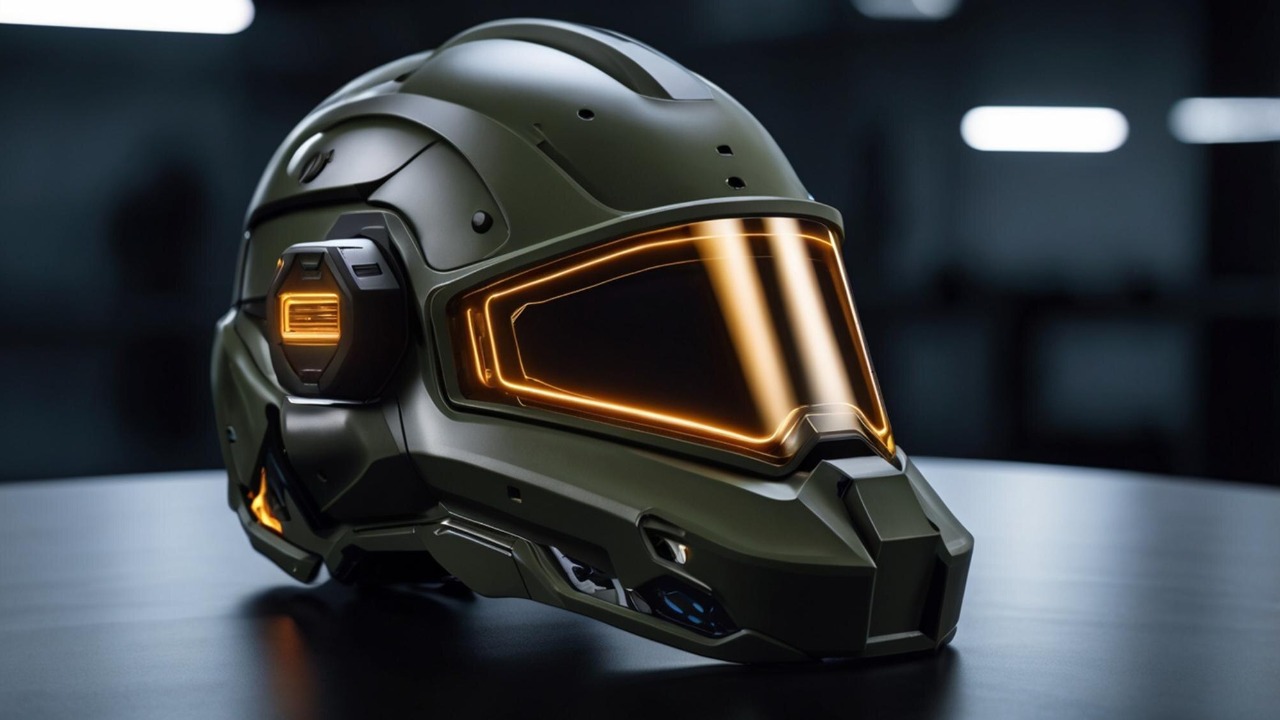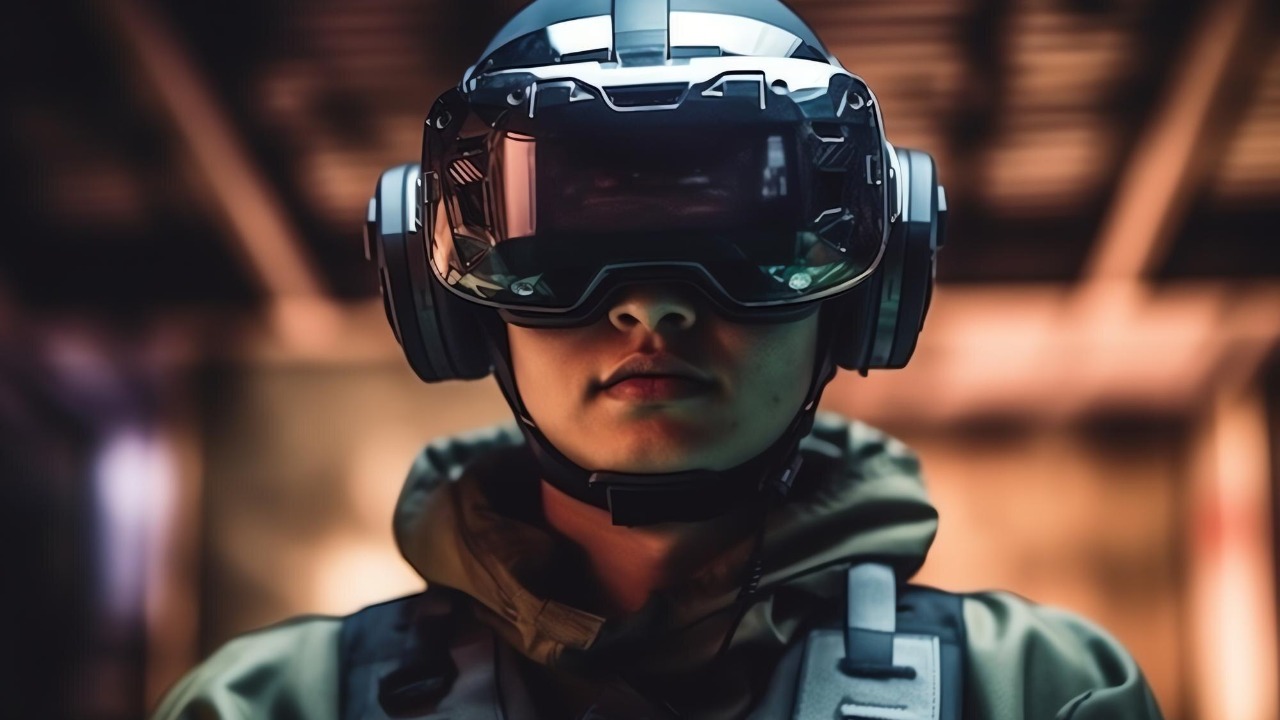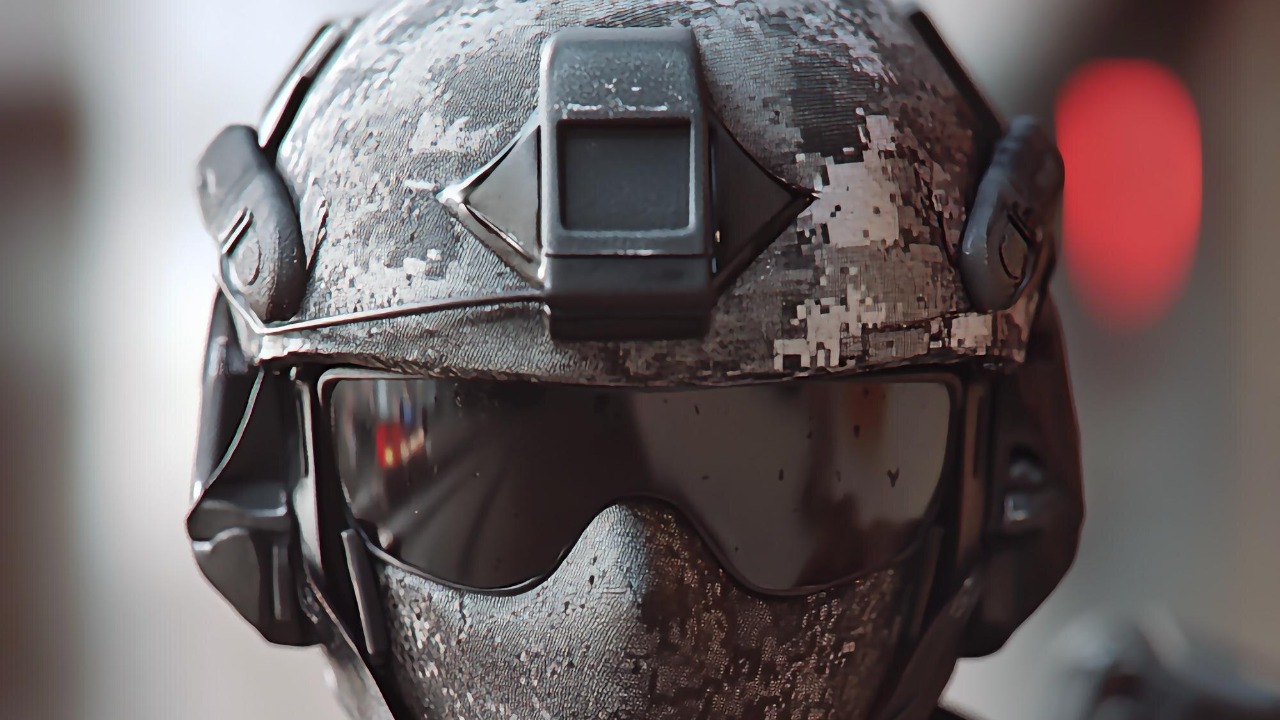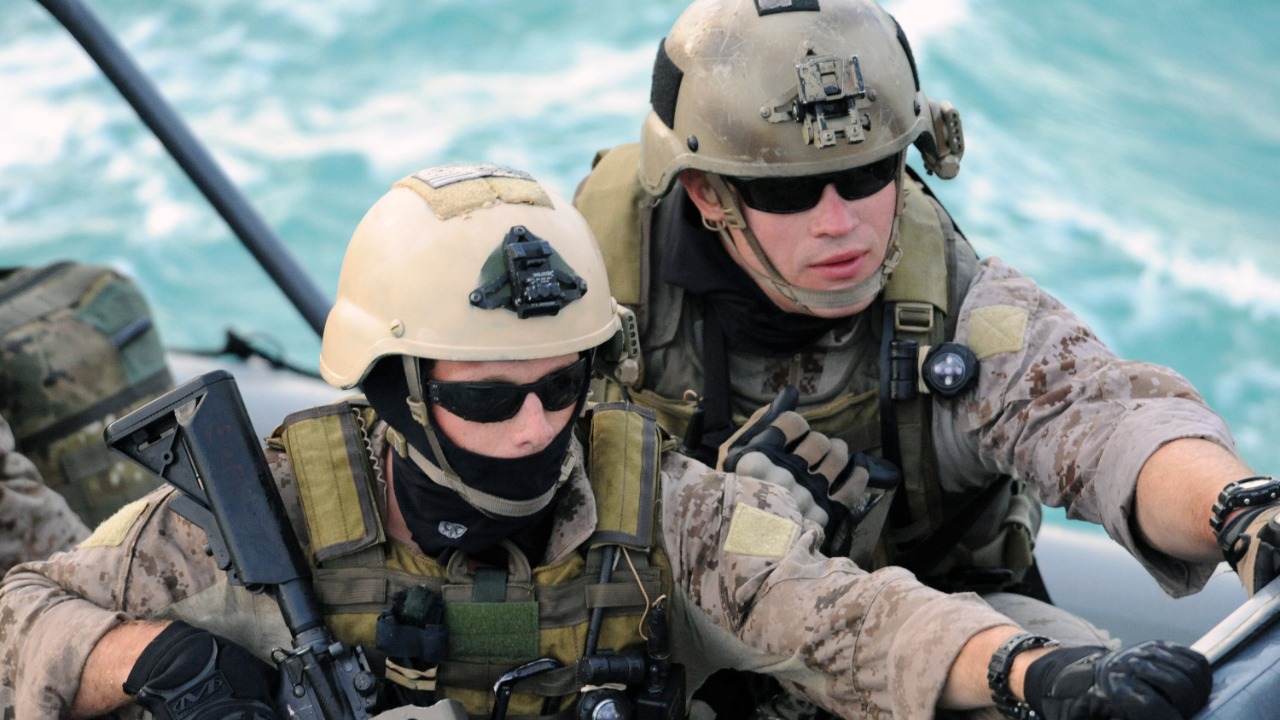
In the rapidly evolving world of military technology, helmets are becoming more than just protective gear. These futuristic helmets integrate advanced technologies to enhance situational awareness, protection, and communication for troops on the battlefield. Let’s explore five cutting-edge helmets that are currently being tested by military forces worldwide.
Augmented Reality Combat Helmet

The augmented reality (AR) combat helmet is designed to provide soldiers with an immersive battlefield experience. Equipped with AR technology, this helmet overlays crucial information directly onto the soldier’s field of vision. This includes maps, enemy positions, and real-time updates, allowing for quicker decision-making and enhanced tactical awareness. The integration of AR into combat helmets marks a significant leap in how soldiers perceive their environment and react in high-pressure situations.
Furthermore, the helmet’s heads-up display (HUD) can be customized to match specific mission requirements, ensuring that soldiers have the most relevant data at their disposal. With ongoing developments in AR technology, these helmets are set to become an essential component of modern warfare, significantly boosting the effectiveness of ground troops.
Advanced Ballistic Protection System

As the threat landscape evolves, the need for enhanced ballistic protection in military helmets has become paramount. The advanced ballistic protection system aims to provide superior defense against high-velocity projectiles and explosive shrapnel. Utilizing state-of-the-art materials and engineering, these helmets offer enhanced durability without compromising on comfort or weight.
Researchers are continually working to improve the protective capabilities of these helmets, exploring new materials and design methodologies. According to recent studies, innovations like nanomaterials and advanced fibers are being tested to further enhance the strength-to-weight ratio of ballistic helmets. These developments are crucial in ensuring the safety of troops in hostile environments.
Integrated Communication Helmet

The integrated communication helmet is transforming how soldiers communicate on the battlefield. With built-in communication systems, this helmet allows for seamless and secure communication between team members, commanders, and support units. This real-time connectivity is vital for coordinating maneuvers and sharing critical intelligence.
These helmets are equipped with noise-canceling microphones and earpieces, ensuring clear communication even in the noisiest environments. The integration of communication technology into helmets not only streamlines operations but also enhances the overall efficiency of military units. As the technology evolves, these helmets will continue to play a pivotal role in modern military strategy.
Night Vision and Thermal Imaging Helmet

Operating in low-light conditions presents a significant challenge for troops. The night vision and thermal imaging helmet addresses this issue by providing enhanced visibility in darkness or obscured environments. Equipped with cutting-edge sensors, this helmet allows soldiers to detect heat signatures and see in complete darkness, giving them a substantial tactical advantage.
With the continuous improvement of imaging technology, these helmets are becoming more compact and efficient. According to recent advancements, the integration of AI and machine learning is set to enhance the capabilities of these helmets even further, making them indispensable in modern military operations.
Smart Health Monitoring Helmet

The health and well-being of soldiers are paramount, and the smart health monitoring helmet is designed to address this need. This innovative helmet is equipped with sensors that continuously monitor vital signs such as heart rate, body temperature, and hydration levels. By providing real-time health data, these helmets help ensure that soldiers remain in optimal condition during missions.
In addition to monitoring physical health, these helmets can alert commanders to potential health issues, enabling timely medical intervention. The integration of health monitoring technology into military helmets is a significant step forward in safeguarding the lives of troops. For more insights into the importance of health monitoring in high-stress environments, ongoing research provides valuable information on the benefits of these systems.